 Mike Self
.
July 13, 2022
.
Features
Mike Self
.
July 13, 2022
.
Features
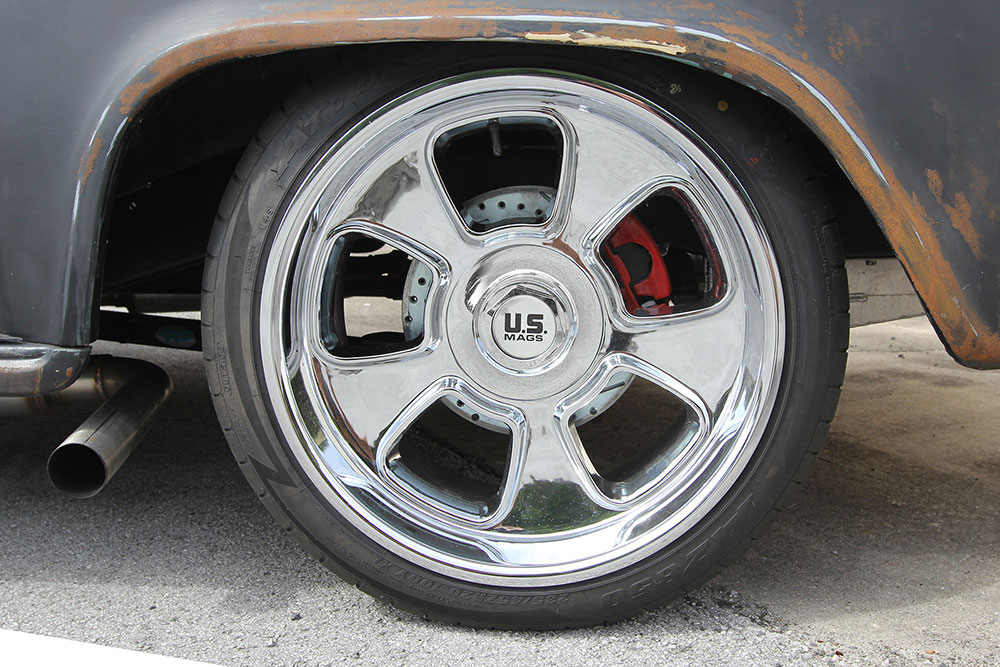
It makes sense that you would have some questions about one of the most important features of your truck. We’ve scoured the Internet to find the most asked questions about truck wheels, and as it turns out, we’ve asked the same questions ourselves from time to time. Whether you need info about fitment or torque specs, we’ve got you covered with some basic guidance on how to get your truck rolling in style as safely as possible.
Over the years, we’ve all seen those posts on Craigslist or Facebook Marketplace advertising “universal” wheels that are supposedly guaranteed to fit your truck. So, is it legit? No, absolutely not. Here’s why. Your truck has a bare minimum of requirements for any given wheel to fit, not the least of which is the bolt pattern. When folks online are trying to sell their wheels and call them “universal,” they’re just referring to the wheels having two different bolt patterns on the same wheel.
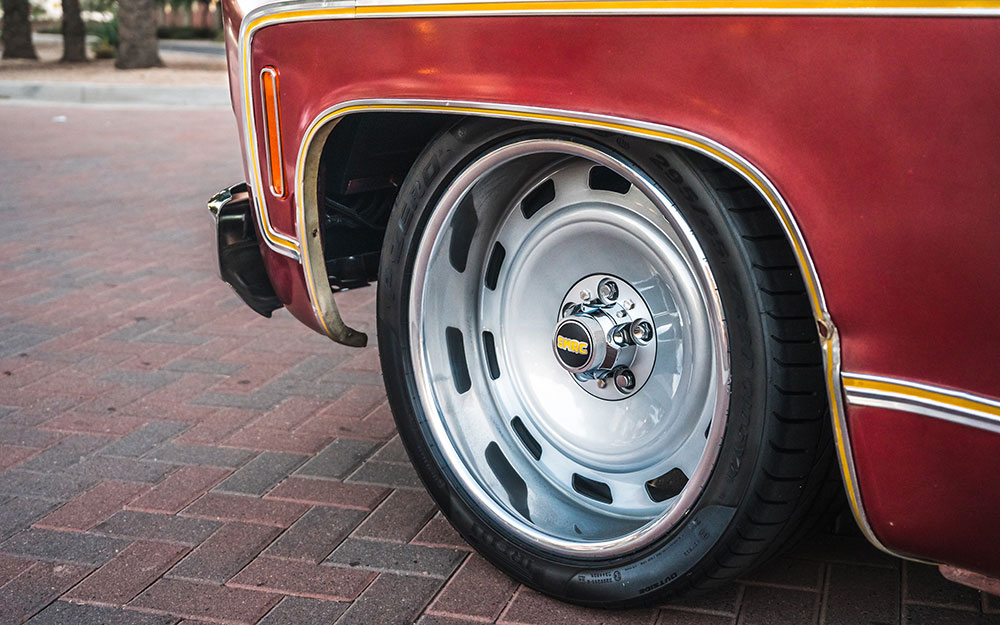 If you have a six-lug truck and are looking at wheels with 10 bolt holes (meaning two five-lug patterns), those obviously won’t fit. And even if you find six-lug “universal” wheels, 1) they might still not be the right bolt pattern, and 2) there are so many other variables (such as wheel diameter, width, offset, and brake clearance) that you have to be absolutely sure that they’ll work before you drop your hard-earned cash.
If you have a six-lug truck and are looking at wheels with 10 bolt holes (meaning two five-lug patterns), those obviously won’t fit. And even if you find six-lug “universal” wheels, 1) they might still not be the right bolt pattern, and 2) there are so many other variables (such as wheel diameter, width, offset, and brake clearance) that you have to be absolutely sure that they’ll work before you drop your hard-earned cash.
When in doubt, break out a tape measure, or even better yet, see if you can test-fit the wheels on your truck.
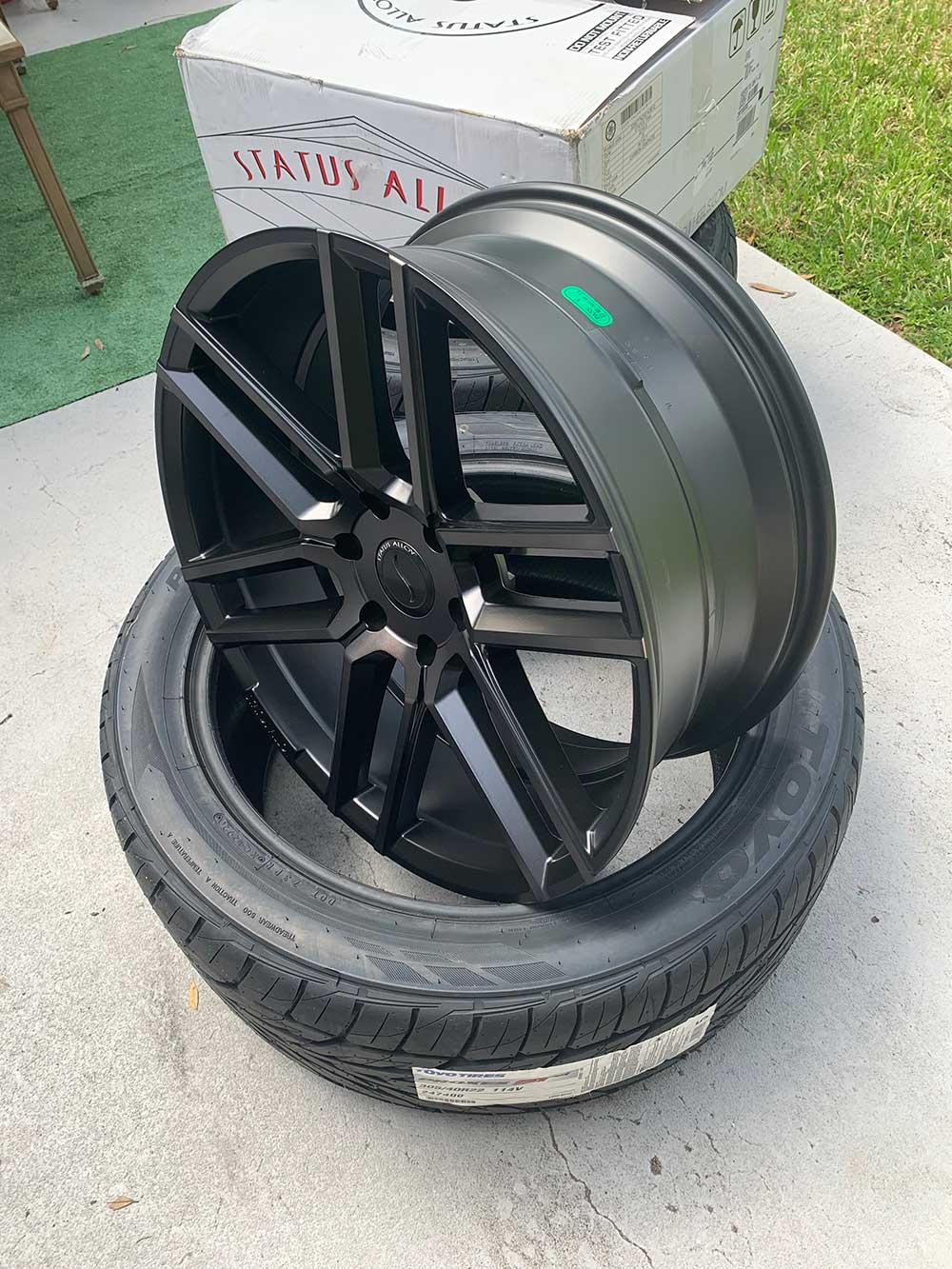 The quickest way to tell what diameter wheels you have is to check your tire sidewall. On it, you’ll see some strange numbers and letters that look something like either of the following: 285/30R22 or 35×12.50R22. In both cases, that last number (22 in these examples) is the wheel diameter, measured in inches. If you need to know the width, there are a couple of ways to do it. You can either measure from inner bead to bead, or if your tires are already mounted, measure the entire width of the wheel (not the tire), then subtract one inch from the measurement to account for the typical 1/2-inch (per side) distance between the tire bead and outer wheel edge.
The quickest way to tell what diameter wheels you have is to check your tire sidewall. On it, you’ll see some strange numbers and letters that look something like either of the following: 285/30R22 or 35×12.50R22. In both cases, that last number (22 in these examples) is the wheel diameter, measured in inches. If you need to know the width, there are a couple of ways to do it. You can either measure from inner bead to bead, or if your tires are already mounted, measure the entire width of the wheel (not the tire), then subtract one inch from the measurement to account for the typical 1/2-inch (per side) distance between the tire bead and outer wheel edge.
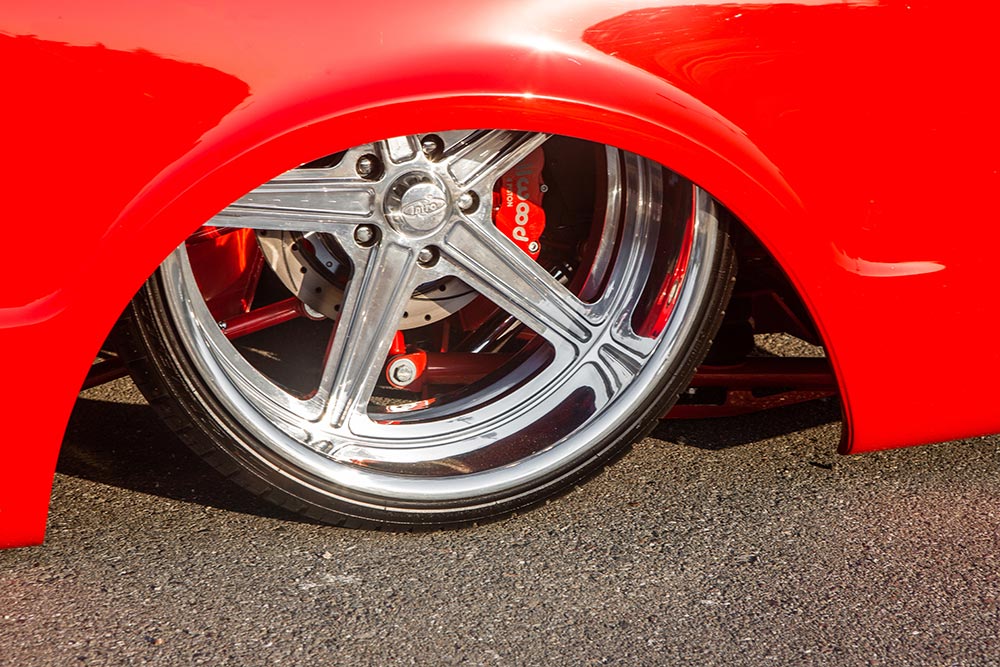 Oh fo’ sho’, but let’s not make this a blanket statement, OK? Wheels with minor curb rash and cosmetic imperfections can certainly be repaired by a reputable wheel restoration specialist, but we don’t recommend attempting to fix a wheel that has sustained major damage such as a large bend or crack. Some of you aren’t going to listen, and that’s on you, but unless you have a wheel with a replaceable outer barrel, it’s always best to buy a new replacement.
Oh fo’ sho’, but let’s not make this a blanket statement, OK? Wheels with minor curb rash and cosmetic imperfections can certainly be repaired by a reputable wheel restoration specialist, but we don’t recommend attempting to fix a wheel that has sustained major damage such as a large bend or crack. Some of you aren’t going to listen, and that’s on you, but unless you have a wheel with a replaceable outer barrel, it’s always best to buy a new replacement.
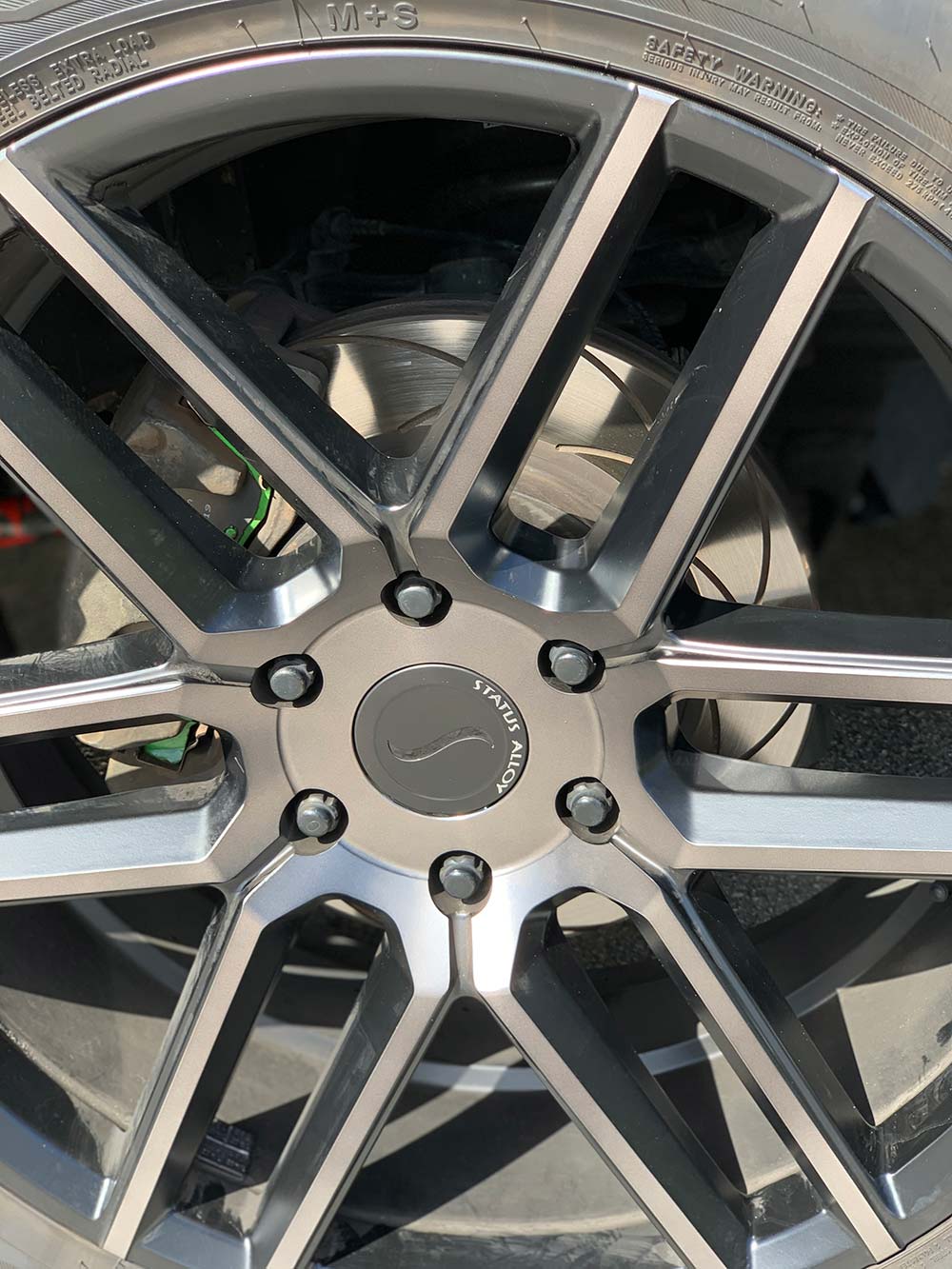 First off, you’ve gotta decide what look you’re going for. Do you want a slammed door-dragger, a sky-high monster, or more than likely, something in between those two extremes? If you plan on tucking some rim, you have to make sure that the wheels you’re looking at will sit in the fenderwells and give you some room to turn. If you want to lift your truck, you need enough “poke” to widen your track, which helps add some stability to your top-heavy ride. Once you’ve figured out the basics of what you’re looking for, you can dive deeper and go into more detail, such as sizes, offsets, etc. Of course, you’ll also want to check out the trucks featured throughout this very mag, paying extra attention to their wheel setups. Keep in mind, though, that some trucks have been modified in order for ultra-wide or large diameter wheels to fit, such as having narrowed axle housings or narrowed control arms.
First off, you’ve gotta decide what look you’re going for. Do you want a slammed door-dragger, a sky-high monster, or more than likely, something in between those two extremes? If you plan on tucking some rim, you have to make sure that the wheels you’re looking at will sit in the fenderwells and give you some room to turn. If you want to lift your truck, you need enough “poke” to widen your track, which helps add some stability to your top-heavy ride. Once you’ve figured out the basics of what you’re looking for, you can dive deeper and go into more detail, such as sizes, offsets, etc. Of course, you’ll also want to check out the trucks featured throughout this very mag, paying extra attention to their wheel setups. Keep in mind, though, that some trucks have been modified in order for ultra-wide or large diameter wheels to fit, such as having narrowed axle housings or narrowed control arms.
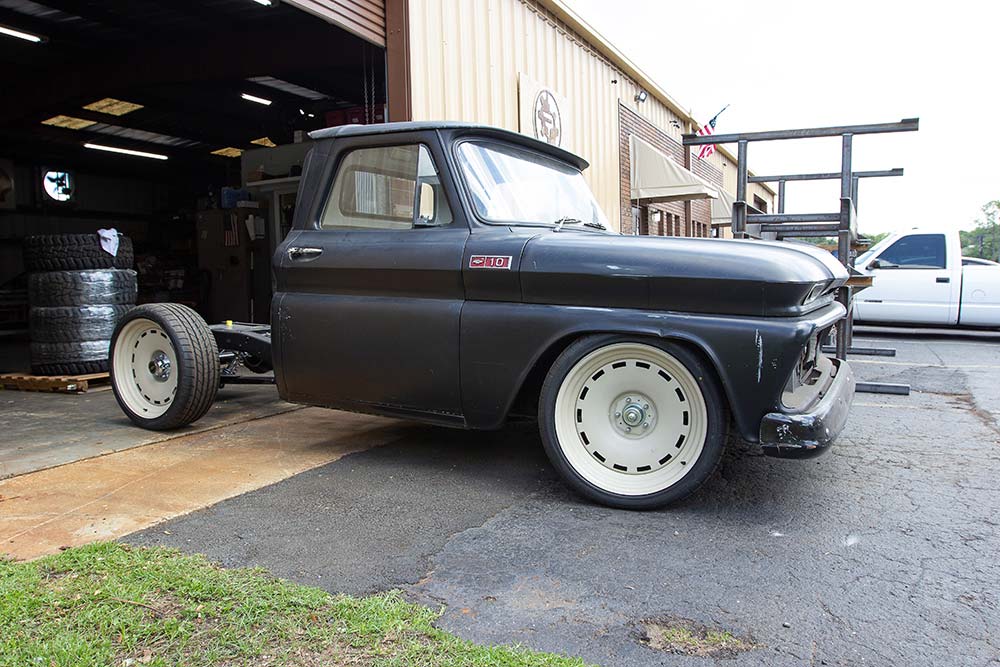

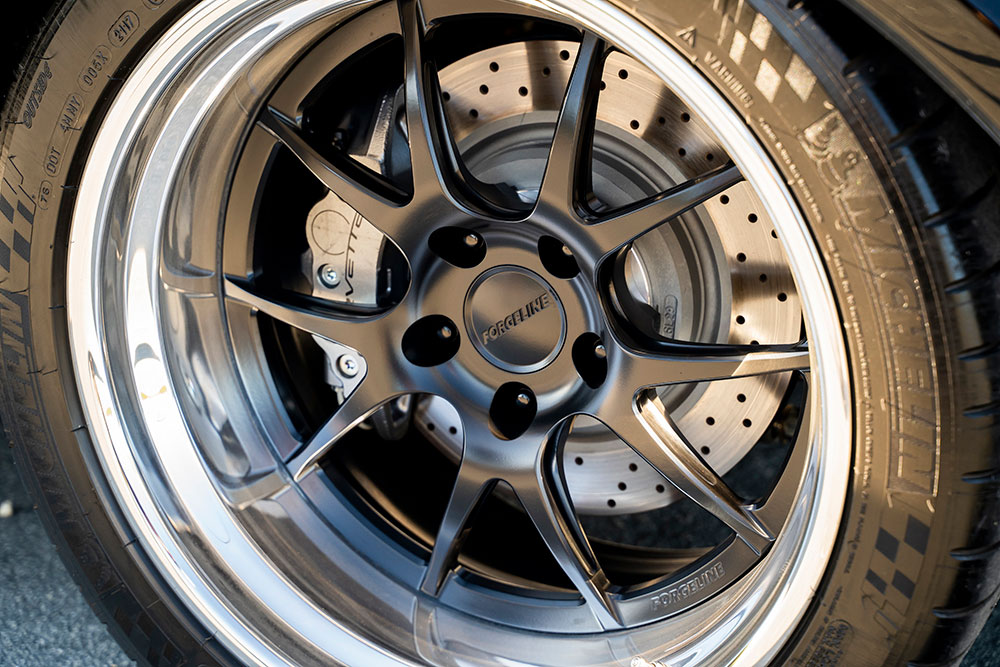 Well, that depends. How far out are we talking a foot? Then yeah, that’s illegal in most cases. In general, though, you’re usually good (within reason) as long as you’re also running a set of mud flaps that adequately cover your tire tread. The main thing to remember here is that no one wants rocks or mud getting kicked up onto their windshields, so we can’t get mad about any laws that limit your wheels from sticking out. We’ve seen plenty of quick release setups on mud flaps, making it easy to remove them at shows. So, if your wheels stick out quite a bit, you’ll want to check your local laws. There’s no harm in asking your local PD about what’s allowed in your area.
Well, that depends. How far out are we talking a foot? Then yeah, that’s illegal in most cases. In general, though, you’re usually good (within reason) as long as you’re also running a set of mud flaps that adequately cover your tire tread. The main thing to remember here is that no one wants rocks or mud getting kicked up onto their windshields, so we can’t get mad about any laws that limit your wheels from sticking out. We’ve seen plenty of quick release setups on mud flaps, making it easy to remove them at shows. So, if your wheels stick out quite a bit, you’ll want to check your local laws. There’s no harm in asking your local PD about what’s allowed in your area.
if your wheels stick out quite a bit, you’ll want to check your local laws. There’s no harm in asking your local PD about what’s allowed in your area.
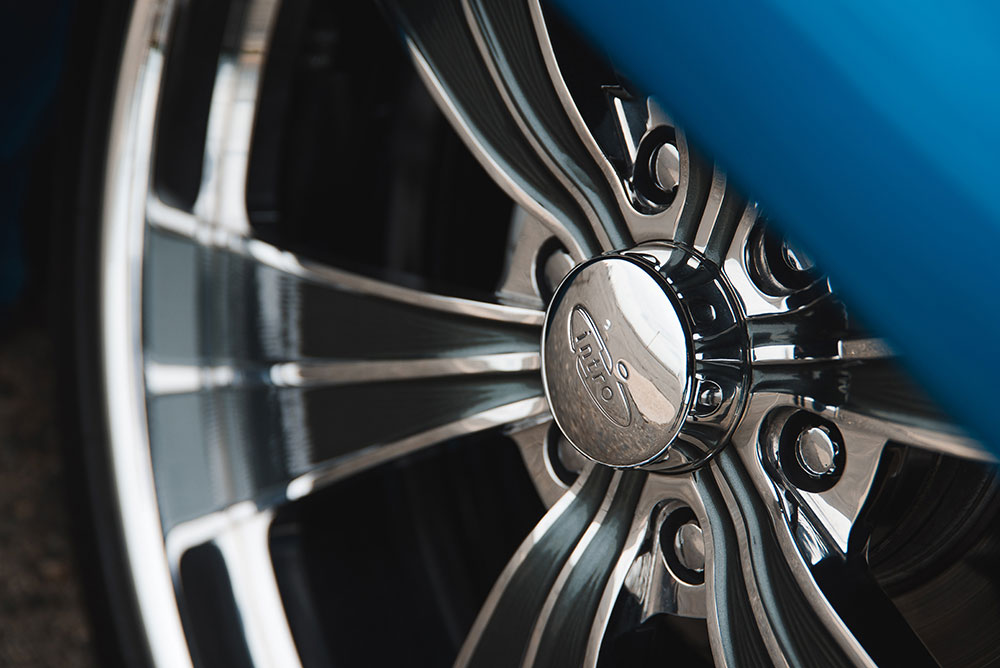 This is another one of those “it depends” scenarios. A lot of performance vehicles leave the factory with a small amount of negative camber, so it’s not illegal in and of itself. However, if you’re trying to be some Oni Kyan (Japanese for “demon camber”) bad ass on the highway, you can be pretty sure that it won’t be long before you see red and blue flashing lights in your rearview mirror. We’re all for the freedom to modify your ride, but if you’re sporting a half inch of tire contact patch and your center caps are facing the sky, we’d recommend putting a fresh box of donuts on your passenger seat every morning on the way to work just in case.
This is another one of those “it depends” scenarios. A lot of performance vehicles leave the factory with a small amount of negative camber, so it’s not illegal in and of itself. However, if you’re trying to be some Oni Kyan (Japanese for “demon camber”) bad ass on the highway, you can be pretty sure that it won’t be long before you see red and blue flashing lights in your rearview mirror. We’re all for the freedom to modify your ride, but if you’re sporting a half inch of tire contact patch and your center caps are facing the sky, we’d recommend putting a fresh box of donuts on your passenger seat every morning on the way to work just in case.
If in doubt, check the wheel manufacturer’s website for its recommendation on which lug nuts to use.
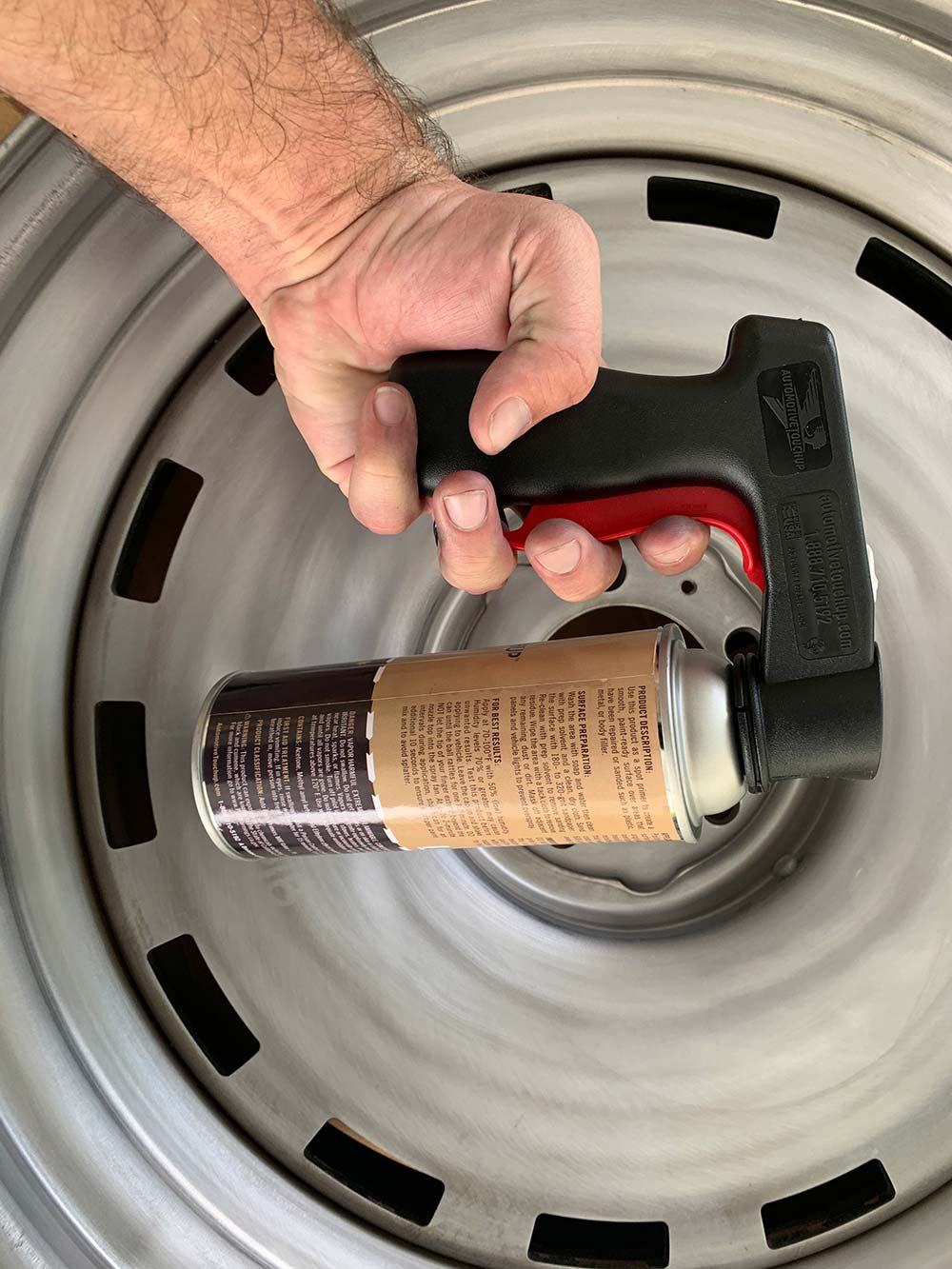
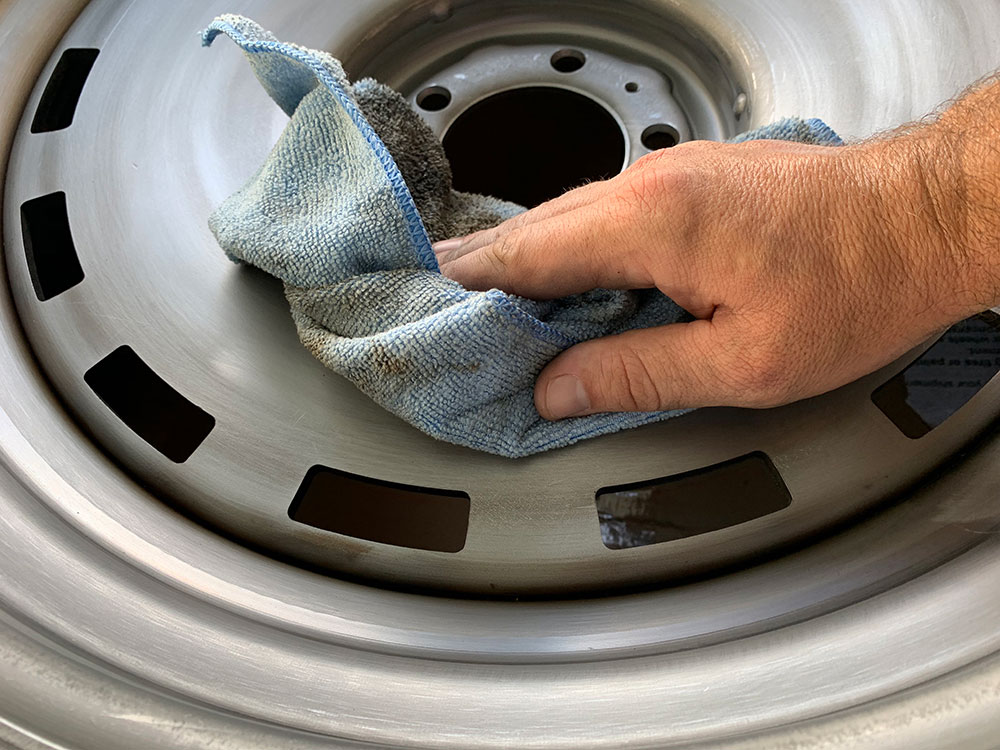
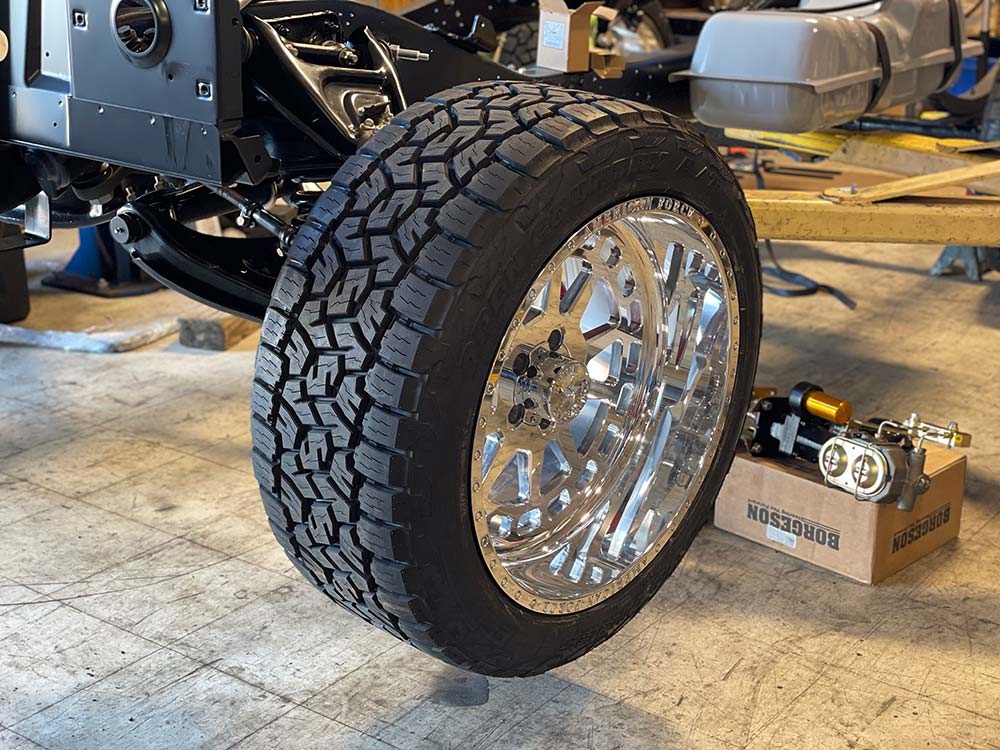 Oh, you betcha. In most cases, factory lug nuts aren’t the right type needed for aftermarket wheels, which usually require a 60-degree tapered lug nut. Attempting to use factory lug nuts may result in poor thread engagement and wheel imbalance, among other issues. If in doubt, check the wheel manufacturer’s website for its recommendation on which lug nuts to use.
Oh, you betcha. In most cases, factory lug nuts aren’t the right type needed for aftermarket wheels, which usually require a 60-degree tapered lug nut. Attempting to use factory lug nuts may result in poor thread engagement and wheel imbalance, among other issues. If in doubt, check the wheel manufacturer’s website for its recommendation on which lug nuts to use.
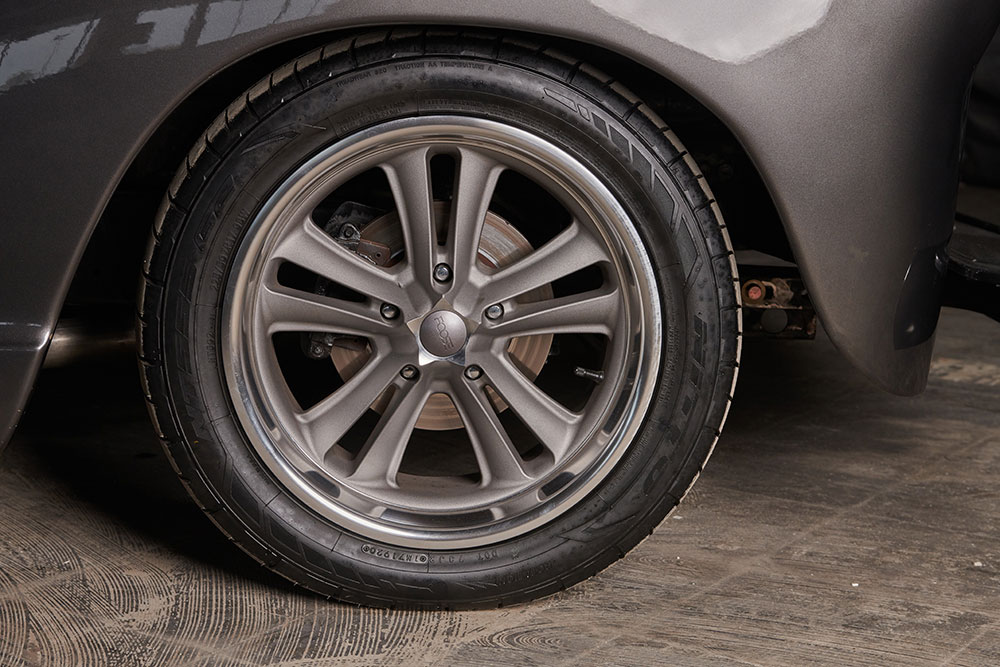 Yes and no. Ideally, the wheels you buy are hubcentric to your truck and will therefore ensure that your wheels are perfectly centered relative to your wheel hubs. However, some wheel manufacturers just don’t offer hubcentric wheels and instead rely on your tapered lug nuts to center your wheels (often called “lugcentric”). This is often sufficient as long as there is no resulting vibration, but not as precise as the hubcentric method. Aftermarket hubcentric rings are available in various sizes to help perfectly center your wheels on your hubs, though, which is highly recommended if your wheels aren’t hubcentric from the get-go.
Yes and no. Ideally, the wheels you buy are hubcentric to your truck and will therefore ensure that your wheels are perfectly centered relative to your wheel hubs. However, some wheel manufacturers just don’t offer hubcentric wheels and instead rely on your tapered lug nuts to center your wheels (often called “lugcentric”). This is often sufficient as long as there is no resulting vibration, but not as precise as the hubcentric method. Aftermarket hubcentric rings are available in various sizes to help perfectly center your wheels on your hubs, though, which is highly recommended if your wheels aren’t hubcentric from the get-go.
First off, avoid using an impact gun unless you’re also using a proper torque stick/bar mounted to it. Otherwise, you’ll risk overtightening your lug nuts and possibly damaging your wheels. A regular torque wrench is the tried-and-true way to go, and if you can swing the purchase of a non-marring socket, all the better. If not, just be careful to not scratch your wheels and remember to torque the lug nuts in a criss-cross fashion.
 Believe it or not, wheel torque specifications are set by your truck’s manufacturer, and usually not specified by the wheel manufacturer. This is because the amount of torque needed depends on the construction of the wheel studs themselves, not necessarily the wheel’s construction. So, check your owner’s manual if you happen to have it, and if not try to find a copy online. If all else fails, most big chain tire shops can give you the info you need.
Believe it or not, wheel torque specifications are set by your truck’s manufacturer, and usually not specified by the wheel manufacturer. This is because the amount of torque needed depends on the construction of the wheel studs themselves, not necessarily the wheel’s construction. So, check your owner’s manual if you happen to have it, and if not try to find a copy online. If all else fails, most big chain tire shops can give you the info you need.
Share Link